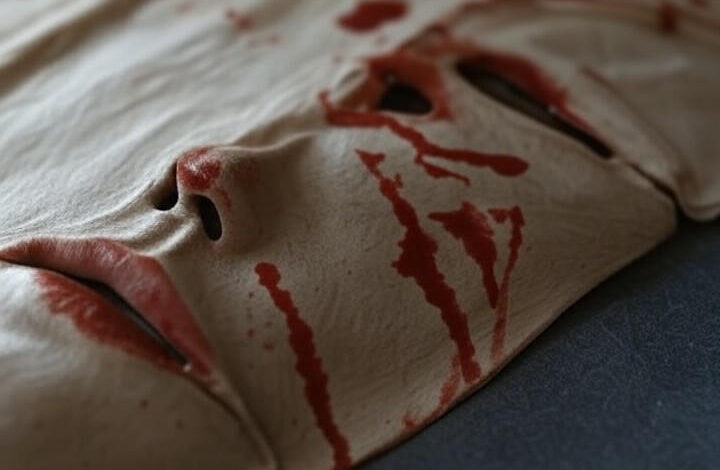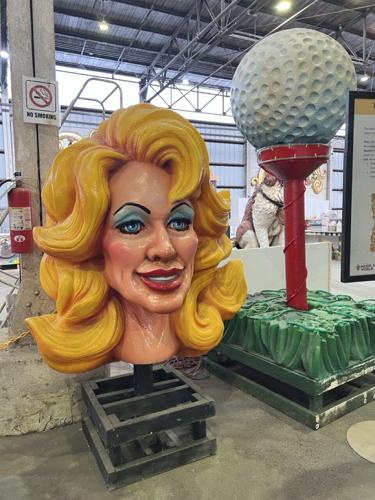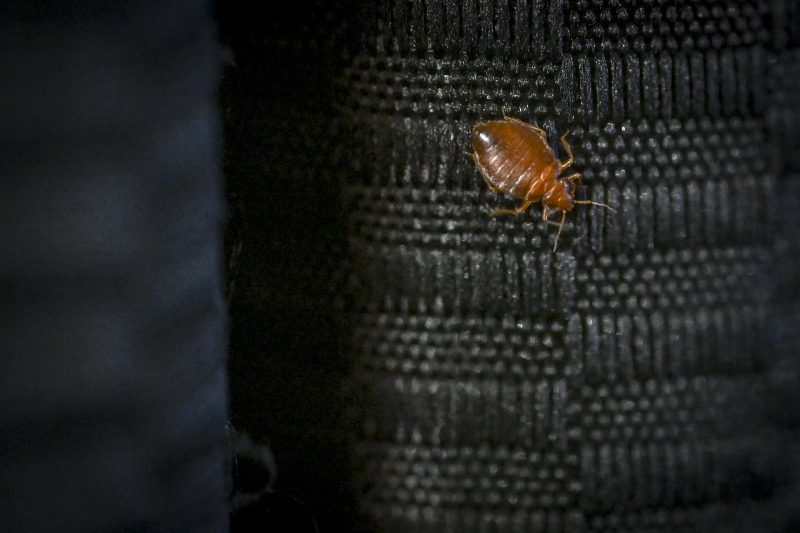Urgent Study Reveals Blood Patterns on Shroud of Turin Align with Jesus’ Crucifixion

BREAKING: A groundbreaking study published in the journal Heritage has revealed shocking new findings about the Shroud of Turin, believed by many to be the burial cloth of Jesus Christ. This urgent examination, led by scientists from the Institute of Crystallography, employs advanced bloodstain pattern analysis to uncover patterns that strongly align with biblical descriptions of Jesus’ crucifixion.
The study indicates that the markings on the linen cloth match wounds consistent with Roman execution methods, suggesting the shroud wrapped a figure who endured severe torture. Researchers utilized experimental simulations with real human blood, finding blood flow patterns that imply a body was prepared for burial in a manner consistent with the Gospel accounts.
The implications of this research are profound. The presence of creatinine and ferritin particles in the bloodstains indicates acute physical trauma—conditions that would be consistent with crucifixion. As reported by the New York Post, this discovery reinforces narratives found in the “lost gospels,” which describe elements of Jesus’ burial not detailed in the canonical texts.
Moreover, the study proposes that a mix of bodily fluids and burial spices could explain the shroud’s image formation, challenging previous carbon-14 dating that dated the cloth to the Middle Ages. Recent X-ray techniques have recalibrated its age to around 2,000 years, aligning it with the time of Jesus.
Despite these findings, skepticism remains. Competing analyses, including one highlighted by Faharas News, argue that the shroud’s image distortions suggest it may have originated from a bas-relief statue rather than a human body. This theory, supported by computer simulations, posits that the artifacts could be a medieval creation.
Proponents of the shroud’s authenticity point to compelling evidence, such as pollen traces from Jerusalem blooming during Passover, further supporting claims of its historical significance. The ongoing debate, fueled by discussions on platforms like X, showcases the shroud’s enduring mystery and its impact on Christian faith.
The intersection of science and spirituality is evolving. This latest study provides forensic evidence that mirrors descriptions found in non-canonical texts, suggesting a “blood ritual” with specific wrapping techniques indicative of a hurried yet reverent burial. As noted by the Daily Mail, these findings call for interdisciplinary collaboration among archaeologists and scientists.
Looking ahead, experts anticipate advancements in imaging technologies, such as hyperspectral analysis, to further decode the shroud’s secrets without causing damage. A report from Fox News emphasizes the potential for scientific validation to bridge the gap between faith and empiricism. However, critics urge caution, reminding the public that no single study definitively proves the shroud’s origins.
As this vital research continues, the Shroud of Turin remains a poignant testament to humanity’s quest for understanding the divine through tangible evidence. The urgency of these findings invites reflections on faith, history, and the enduring mysteries of the human experience.
Stay tuned for real-time updates as this story develops.






